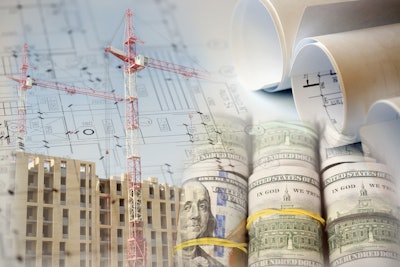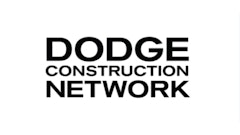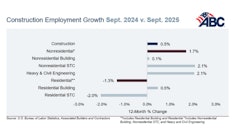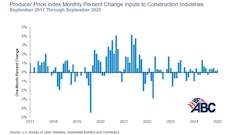
U.S. construction spending fell to a seasonally adjusted annual rate of $2.13 trillion in June 2025, down 0.4% from May, according to Interact Analysis. Declines in private residential and commercial work outweighed gains in public infrastructure.
Private residential construction dropped 0.7% to $883 billion, while office projects fell 1.4% to $86.8 billion. Manufacturing spending edged down 0.4% to $224.6 billion.
Public construction continued to show resilience. Educational facilities rose 0.4% to $112.7 billion, and highway and street work increased 0.6% to $144.1 billion.
Weakness in housing is expected to persist despite the potential for lower interest rates from the Federal Reserve. High home prices continue to limit affordability, particularly for first-time buyers. Many current homeowners remain locked into 30-year mortgages at lower rates, making them unlikely to move without a substantial salary increase — a challenge in a soft labor market.
The slowdown in project activity is also affecting equipment demand. Interact Analysis reports that falling demand for construction machinery, driven by tariff uncertainty, project delays and shifting investment, may postpone a full recovery until 2026. Rising equipment costs, extended procurement timelines and cautious spending are pushing many contractors to delay purchases or opt for rentals.
Understanding which sectors remain active will be key for anticipating machinery demand as the market rebalances.




















